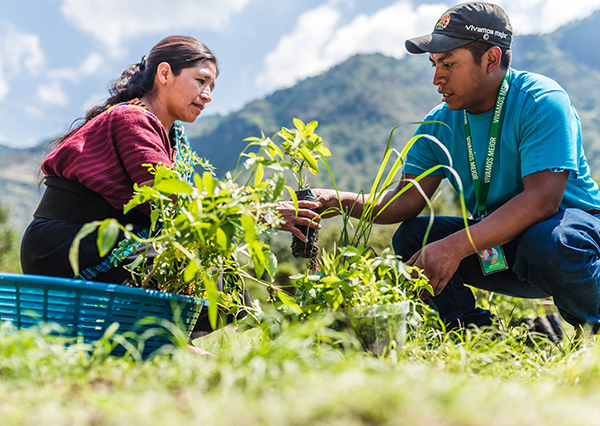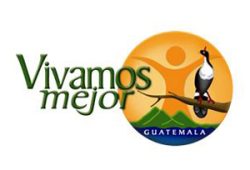GUATEMALA, CENTRAL AMERICA
Lake Atitlán
Lake Atitlán with its surface of 130 km² is the third largest freshwater lake in Guatemala. It is situated in the district of Sololá in the western highlands of Guatemala. The lake is approx. 18 km wide and 10 km long and lies at an altitude of 1.562 m. It is surrounded by three volcanoes: Atitlán (3.537 m), Tolimán (3.158 m) and San Pedro (2.995 m), which compose an imposing panorama around the highland lake. Lake Atitlán lies in a crater, created by a great eruption of a volcano, the Chocoyos Eruption, approx. 85.000 years ago. As there is no outlet, the water level rose over the past years through the inlets of the principal rivers of the basin. The deepest point detected is approximately 340 m.
What makes it special
Lake Atitlan is the deepest lake in Central America. It is also considered by many to be one of the most beautiful lakes in the world.
Protection status
· IUCN Category III - Natural Monument or Feature
· Reserve of Multiple Uses – RUMCLA

Biodiversity
800 different plant species occur in the region, 61 of them are endemic. The rich biodiversity includes also animal species: 116 species of reptiles and amphibians, 12 species of which are endemic. In the RUMCLA 30 % of lizards, 40 % of snakes, 36 % of amphibians registered in Guatemala live there.
236 bird species are found there, 28 % of them are listed in the Red List of Threatened Species (67 in total), and 12 species are endemic or from restricted areas: Pink-headed Warbler, Brown-backed Solitaire, the national bird of Guatemala Resplendent Quetzal, Blue-throated Toucanet, Atitlan Grebe, Azure-rumped Tanager and Horned Guan. Many migratory birds use Lake Atitlán as a wintering ground: Pied-billed Grebe, Ruddy Duck and American Coot. Roadrunners, which are typical for Xeric Associations occur in the region as well.
The unique biodiversity is also reflected in the occurrence of mammals. From the 141 species found there, 7 are endemic: Guatemalan Deer Mouse, Black-handed Spider Monkey and Northern Tamandua. Many of the species mentioned before are listed in the Red Data Book, and 28 % of the total species of mammals (39 species) living in RUMCLA are listed in the Red List of Species of the National Council of Protected Areas in Guatemala (CONAP).

Local Communities
Today three Mayan groups live at Lake Atitlán: the K´iche´e live in the more elavated regions, the Kaqchikel in the North and the East and the Tz´utujil in the South. The old traditions have been preserved until today and exist in a religious syncretism with the Christian rituals established during the Spanish colonial period. The local communities are prone to poverty, poor education and very few options to develop. Together with climate change, this leads to overuse and overexploitation of the area they live in.
Threats
It comes from pesticides, inadequate sewage systems in the surrounding communities, and an influx of trash and cooking oil. Changing water temperatures and the increase of phosphate based fertilizes running off into the lake have also led to the growth of oxygen depleting Cyanobacteria. This bacterium doesn’t just make swimming dangerous but it also kills aquatic life and subsequently the livelihoods of over 400 fishermen.
Lake Atitlán was assigned as Threatened Lake of the Year by the Living Lakes Network in 2009.

Our Work
Vivamos Mejor Guatemala, a non-governmental organization, was founded in 1992, and is active in the Sololá region, one of Guatemala’s poorest regions. Vivamos Mejor concentrates its work on the social development of the region, the improvement of the quality of life of the local people as well as the preservation of the natural environment. Since 2002, the organization has carried out several measures to protect Lake Aititlán. Its long-term goals are successful application of integrated development models and the extension of the work to other regions of the country.
On several occasions, Vivamos Mejor Guatemala was honored by various communities, governmental and private organizations as one of the best development organizations of Guatemala.
Vivamos Mejor
www.vivamosmejor.org.gt
info@vivamosmejor.org.gt



